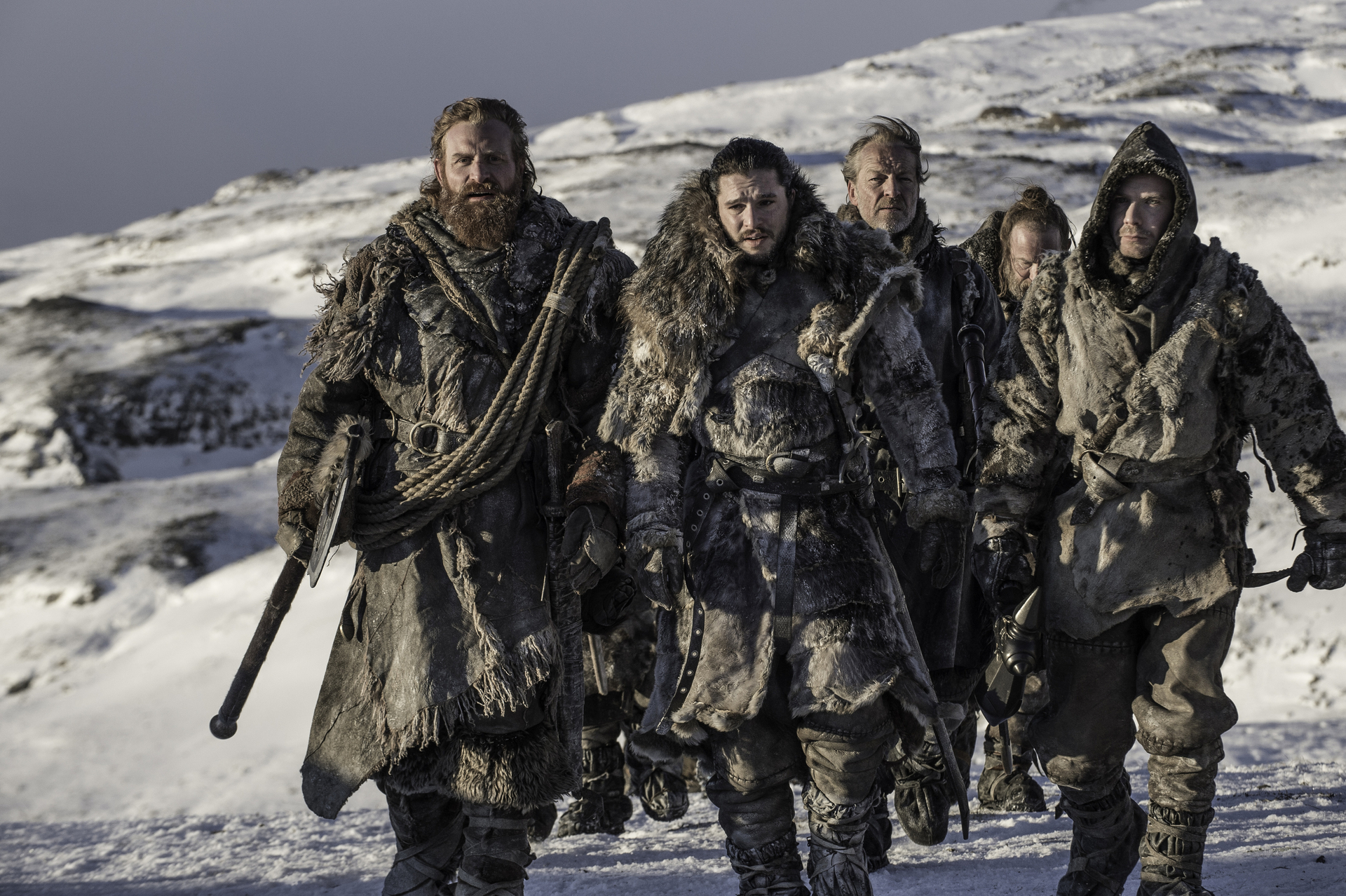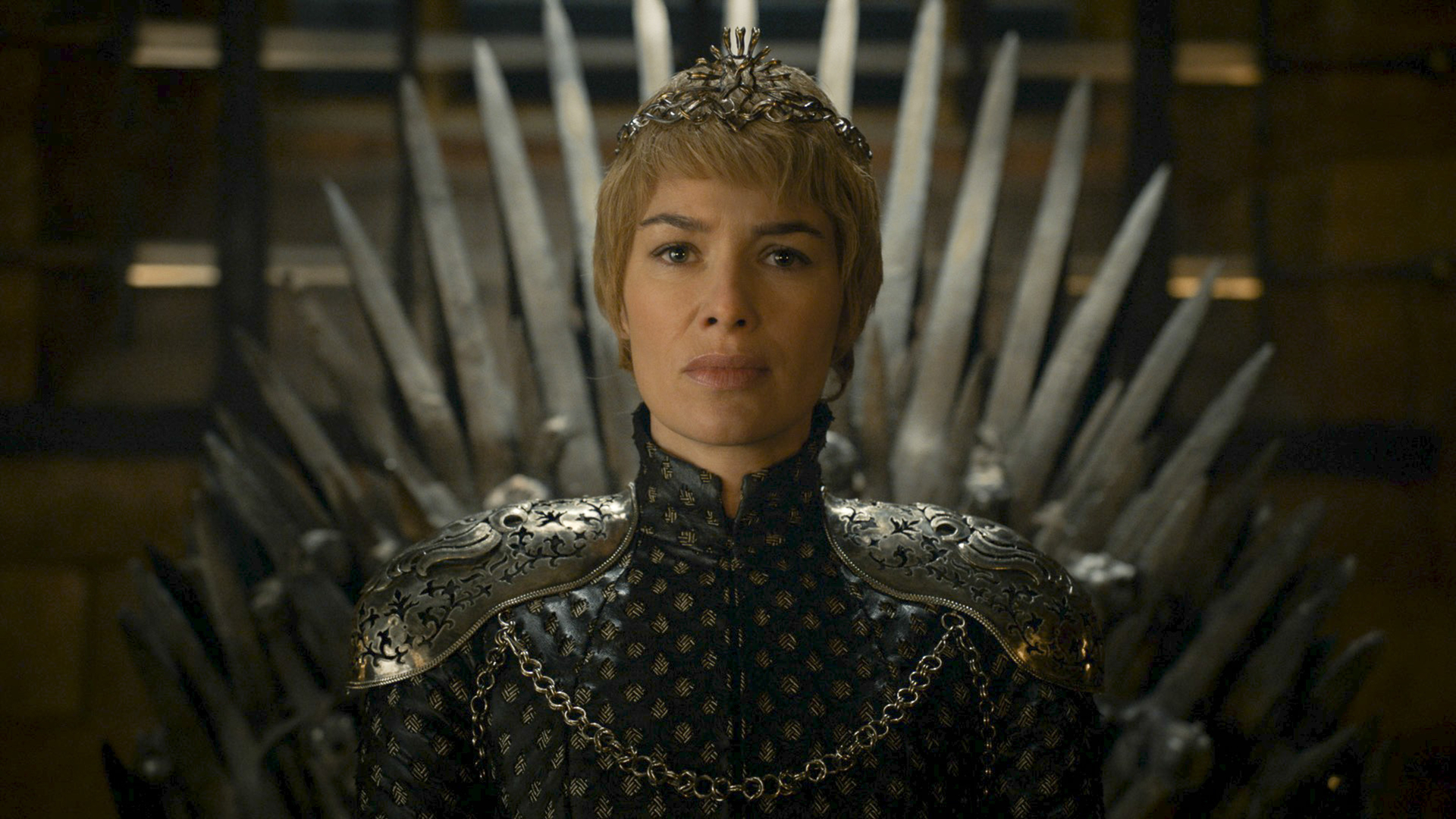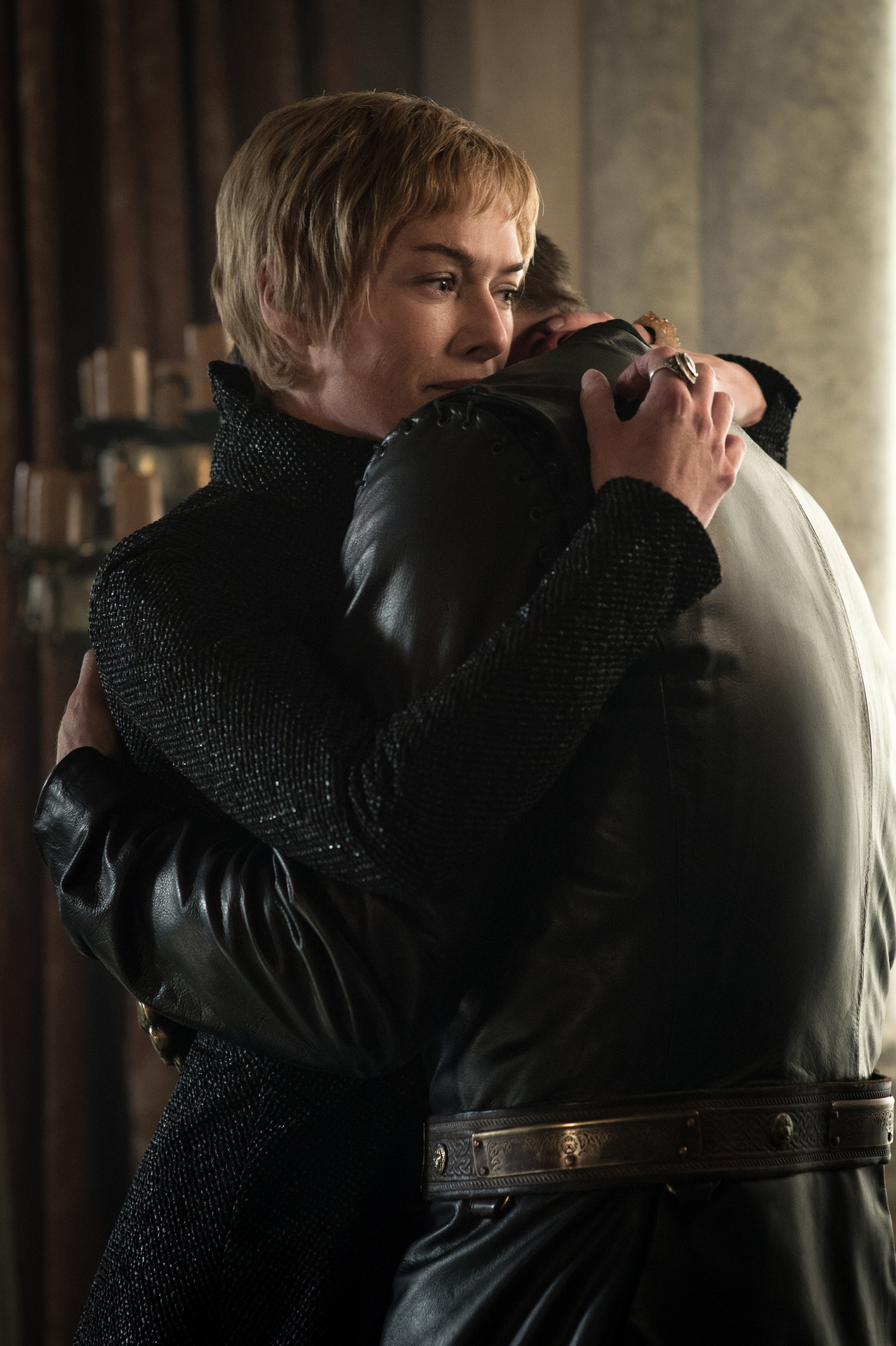
As a long-time fan of Game of Thrones, I must say the show took some unexpected turns that left many of us scratching our heads. Sansa Stark, a character we all rooted for to take control of her life, ended up being manipulated yet again in season 4. While she did eventually become Queen of the North, it felt like a step back for her character. It’s a bit like when I tried to cook that roast beef and thought I had it mastered, but then I burnt it because I forgot to set the timer.
The TV series Game of Thrones, undeniably, carries some questionable scenes when considering its entirety, not just the controversial ending. Over time, certain sequences have become increasingly problematic. Initially, these moments may not have seemed problematic, but as we reflect on them more, we identify more issues. Here are seven instances that I find particularly troubling.
Daenerys being lifted up by the freed slaves in Yunkai
Daenerys Targaryen’s voyage across Essos progressed at a leisurely pace, yet it was essential for displaying her character transformation. It was crucial to witness her gaining self-assurance and learning how to guide her followers effectively. This evolution culminated in her liberating the oppressed people in Yunkai.
At one point, she’s carried aloft by a throng of individuals. Her fair skin contrasts sharply amidst this crowd of unnamed, dark-skinned people, which creates an immediate conflict. The concept of the White Savior archetype should be discarded. Other productions are condemning this stereotype, and here’s Game of Thrones exhibiting it.
Considering Daenerys’ tale culminates in ruthless violence and demise, one might posit that this sequence serves as a criticism of such a narrative trope; however, its impact remains unsettling to the psyche.
Daenerys wants to please Khal Drogo
The relationship between Drogo and Dany is quite toxic, particularly in the early stages of their union. Initially, Drogo behaves towards Dany much like he would his own people, even resorting to rape on their wedding night. However, it’s Dany who seems determined to win him over. At first, this could be an effort to make her life more bearable, but it leads us to a situation where a vulnerable girl finds herself attracted to an abusive partner.
This perpetuates the notion that women exist solely for exploitation. It’s a misconception that women enjoy being mistreated or used in such ways. Let’s strive for fewer instances of this in television content.

Sansa’s wedding night with Ramsey
We’ve reached another distressing scene where Sansa’s wedding night is depicted. Given Ramsey’s past actions towards Theon, it wasn’t a shock to anyone how this night might unfold. However, it’s not so much what happened that’s troubling, since Sansa doesn’t develop an intense affection for him. Rather, the way the wedding night was portrayed on screen is what’s causing unease.
In this particular scene, the rape is not depicted directly on screen, which is a positive choice. Instead of swiftly moving away from the situation or following another show’s approach like “Outlander” by keeping it behind closed doors, the narrative concentrates on Theon witnessing the event unfold. It feels unsettling to observe Theon’s reactions rather than seeing him intervene to save Sansa.
Sansa’s wasted goth phase
By the finale of season 4 in “Game of Thrones”, Sansa appeared to assert control over her destiny. Yet, this was somewhat deceptive. She changed her hairstyle, wore a somber gown, and made a stand with Littlefinger. Nevertheless, these actions were merely a facade. Sansa agreed to marry Ramsey Bolton, resulting in a narrative where she tried to flee Winterfell for Castle Black.
In a significant twist, the juncture when it seemed Sansa might regain control over her destiny proved to be fruitless. Although she eventually ascended as Queen of the North, many had anticipated that the culmination of season 4 would mark her transformation, only for her to slip back into the role others could manipulate once more.

Gendry running back to Castle Black
In a more straightforward and conversational manner: The TV series Game of Thrones struggled to maintain consistent timelines throughout its narrative. For instance, it took multiple episodes and seasons for Daenerys to travel from Essos to Westeros, while other characters seemed to traverse great distances in a blink of an eye. Gendry, for example, was shown rowing for several seasons, but managed to run from an unspecified location beyond the Wall to Eastwatch-by-the-Sea in just minutes. This is followed by little time for Daenerys to receive news about Gendry’s party stranded in the north, and even less time for her to travel there and save them – all within the span of a single episode. Such events are hard to accept as plausible, given the established timelines in the series.
It’s clear that Jon and his companions were expected to travel for several hours, or even days, before encountering the Night King and his undead army. The idea that Gendry could swiftly return to the Wall and dispatch a raven to Daenerys in Dragonstone was unrealistic, given the circumstances. This plot point now seems ludicrous, highlighting some of the story’s flaws and poor planning.

Cersei and Jaime’s anticlimactic deaths
In terms of significant characters, we usually anticipate dramatic conclusions. There was even a major prophecy surrounding Cersei’s death: she would be killed by the little brother, the valonqar. However, in the series Game of Thrones, they failed to deliver on this in a satisfying manner.
As Daenerys stormed King’s Landing with her dragon, Jamie attempted to save Cersei from the Red Keep. They became trapped in the tunnels as the fortress collapsed upon them. Regrettably, Tyrion later discovered their lifeless bodies entombed in the wreckage. The events that followed seemed to disregard any sense of retribution or connection to the prophecy. Moreover, this concluding narrative emphasized Jamie’s inability to break free from his painful attachment to Cersei, when he should have been with Brienne instead.

Jaime raping Cersei next to their dead son
In this final instance, I’ll focus on Jaime and Cersei. Following the demise of their son, Joffrey, Jaime endeavored to rekindle his relationship with Cersei. However, she was unwilling, consumed by grief over their lost child. Despite her flaws, Cersei deeply cherished her children, for they were the core of her existence.
Ultimately, Jamie compels Cersei in a horrific act, raping her next to their deceased son. This graphic scene added nothing but discomfort and reinforced the harmful notion that women are merely objects to be exploited and mistreated by men. Regrettably, this incident did not alter Cersei’s feelings for Jamie; they continued their relationship despite his violent actions.
Read More
- Mobile Legends: Bang Bang (MLBB) Sora Guide: Best Build, Emblem and Gameplay Tips
- Brawl Stars December 2025 Brawl Talk: Two New Brawlers, Buffie, Vault, New Skins, Game Modes, and more
- Clash Royale Best Boss Bandit Champion decks
- Best Hero Card Decks in Clash Royale
- Best Arena 9 Decks in Clast Royale
- Call of Duty Mobile: DMZ Recon Guide: Overview, How to Play, Progression, and more
- Clash Royale December 2025: Events, Challenges, Tournaments, and Rewards
- Clash Royale Best Arena 14 Decks
- All Brawl Stars Brawliday Rewards For 2025
- Clash Royale Witch Evolution best decks guide
2024-10-14 15:41